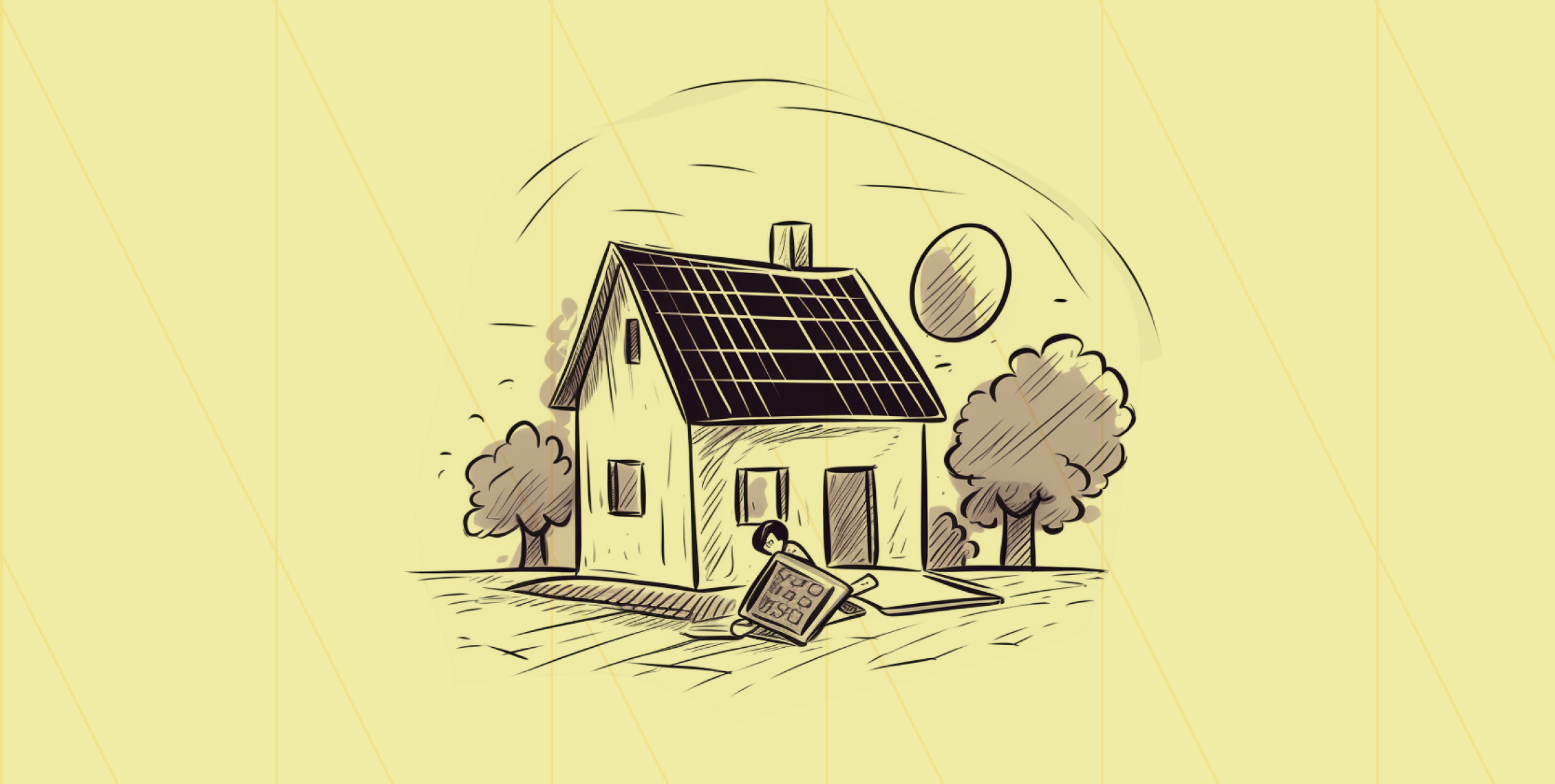October 03, 2023
How do solar panels power your home?

Table of Contents
Solar panels offer homeowners the opportunity to power their homes directly from their rooftop, silently harvesting clean, abundant energy from the sun. But how do they work, and what are the key components? In this guide, we’ll delve into the process of turning sunlight into usable energy for your home.
Solar Panels
The base of any solar system are the solar panels, typically installed on your roof. These panels are made up of photovoltaic cells that absorb light photons emitted by the sun. When these photons hit the photovoltaic cells, they excite the electrons in the atoms of the cells. This excitement creates an electric field, generating direct current (DC) power. The beauty of solar panels is that they are not just a one-time investment; they are a long-term solution to energy needs, offering huge savings on your electricity bills.
One of the remarkable aspects of solar energy is its predictability. Sun exposure in a given location is often consistent year-over-year, allowing for highly accurate calculations of how much energy your solar panels will produce. This makes solar power not just sustainable but also highly reliable. You can plan your energy usage knowing that your solar panels will deliver a consistent output.
Daylight only uses all-black, tier-1 solar panels to preserve the aesthetics of your home and ensure reliability over the life of your solar investment.
The Inverter
Once the DC power is generated, it needs to be converted into a form that your home can use. This is where the inverter comes in. Direct current (DC) is a type of electrical current that flows in one direction, while alternating current (AC) flows back and forth. Most household appliances use AC power, which is why the conversion is necessary. At Daylight, we typically use a type of inverter known as a microinverter, specifically the best-in-class Enphase IQ8s. Unlike traditional systems that use a single inverter connected to all panels, each panel in our system is connected to its own microinverter. This setup increases the efficiency and reliability of the system, ensuring that you receive the maximum amount of energy possible.
From Inverter to Service Panel: Powering Your Home
The inverter sends the converted alternating current (AC) electricity into your service panel, which controls all the circuits in your home. From lighting your rooms to powering your appliances, the energy produced by your solar panels is now literally illuminating your life. The process is streamlined and completely integrated into your existing electrical system, making the transition to solar energy seamless.
The Energy Meter and the Grid
Your energy meter plays a crucial role in this ecosystem. It records the energy received from and supplied to the grid. If your solar power production surpasses your immediate needs, the surplus power gets routed back to the grid. Your home maintains its connection to the utility grid, ensuring that you always have electricity, even when your power needs exceed the capacity of your solar system. This is particularly beneficial during cloudy days or at night when the panels are not producing electricity.
FAQs
Can I run my entire house on solar power?
Absolutely! With the right number of panels and proper installation, you can indeed run your entire house on solar power.
How much solar energy is needed to power a home?
The amount of solar energy needed varies depending on your location, the size of your home, and your energy consumption. A consultation with a solar expert can provide you with a tailored solution.
Can a house run 100% on solar?
Yes, with the addition of battery storage solutions, your home can be powered 100% by solar energy, making you entirely independent of the grid.
Conclusion
Switching to solar energy is not just an affordable choice; it’s a smart, long-term investment that pays off in both financial savings and environmental impact. With a digital-first purchasing experience, experts on staff to answer questions, and advanced technologies like microinverters and tier-1 solar panels, Daylight makes the transition to solar energy as simple as possible.
Want to stay updated?
Get the best of Daylight delivered to your inbox weekly
